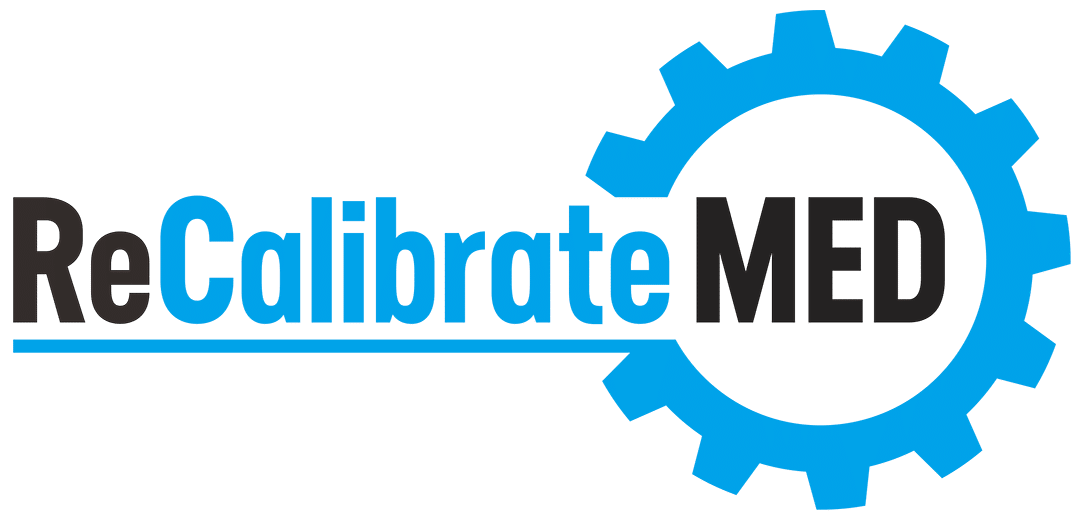Hydration therapy, also known as intravenous (IV) hydration, involves the direct infusion of fluids and electrolytes into the bloodstream. This method allows for rapid absorption and distribution of essential nutrients throughout the body, bypassing the digestive system. It is commonly used to treat dehydration, as well as to provide a boost of hydration for general wellness and performance enhancement.
Benefits of hydration therapy
The benefits of hydration therapy are numerous and varied. Firstly, it can help alleviate symptoms of dehydration, such as fatigue, dizziness, and dry skin. By replenishing fluids and electrolytes, hydration therapy can improve overall hydration levels, leading to increased energy, improved mood, and enhanced cognitive function.
Furthermore, hydration therapy can be customized to address specific needs and goals. Whether you are an athlete looking to optimize performance, a traveler recovering from jet lag, or simply seeking a wellness boost, hydration therapy can be tailored to meet your individual requirements. The infusion of vitamins, minerals, and antioxidants can also provide immune support and aid in the body’s natural detoxification processes.
The science behind hydration therapy
To understand how hydration therapy works, it is important to grasp the science behind it. The human body is composed of approximately 60% water, and maintaining proper hydration is essential for optimal physiological functioning. When we become dehydrated, our body’s fluid balance is disrupted, leading to a range of symptoms and potential health complications.
Hydration therapy works by directly replenishing fluids and electrolytes, bypassing the digestive system and ensuring rapid absorption into the bloodstream. This allows for more efficient hydration compared to oral intake, which can be hindered by factors such as poor absorption or excessive fluid loss. By delivering fluids intravenously, hydration therapy can quickly restore the body’s fluid balance and provide immediate relief from dehydration symptoms.
How hydration therapy works
The process of administering hydration therapy involves several key steps to ensure its safe and effective implementation. Before initiating the therapy, a thorough assessment of the patient’s needs and medical history is conducted. This assessment helps determine the appropriate type and volume of fluid solution to be administered.
Next, a qualified healthcare professional will prepare the necessary equipment and establish venous access. This typically involves inserting a small plastic catheter into a vein, usually in the arm or hand. The chosen vein should be suitable for the intended duration of the therapy and the type of fluid solution being administered.
Once venous access is established, the selected fluid solution is infused into the bloodstream using a specialized IV pump or gravity flow system. The rate of infusion is carefully controlled to prevent complications such as fluid overload or electrolyte imbalances. Throughout the process, the patient’s vital signs, including heart rate, blood pressure, and oxygen saturation, are continuously monitored to ensure their safety and well-being.
Administering hydration therapy safely
Ensuring the safe administration of hydration therapy requires expertise and attention to detail. Healthcare professionals administering this therapy should have a thorough understanding of fluid and electrolyte balance, as well as the potential risks and side effects associated with IV therapy. They should also be trained in proper aseptic technique to minimize the risk of infection.
Prior to initiating hydration therapy, it is crucial to obtain a detailed medical history from the patient. This includes information about any allergies, medical conditions, or medications that may impact the selection of fluid solution or the administration process. The patient’s current fluid and electrolyte levels should also be assessed to guide the choice of solution and determine the appropriate volume to be administered.
In addition to medical considerations, it is important to ensure a comfortable and safe environment for the patient during the therapy. This includes providing appropriate seating or positioning, maintaining a clean and sterile workspace, and monitoring the patient’s vital signs throughout the procedure. Regular communication and reassurance can also help alleviate any anxiety or discomfort the patient may experience during the infusion.
Preparing for hydration therapy
If you are considering hydration therapy, it is important to take certain steps to prepare for the procedure. Firstly, consult with a qualified healthcare professional to determine if hydration therapy is appropriate for your specific needs and goals. They will be able to assess your medical history, current hydration status, and any potential contraindications or precautions.
Once you have decided to proceed with hydration therapy, it is important to follow any pre-procedure instructions provided by your healthcare provider. This may include fasting for a certain period of time before the therapy, avoiding certain medications or substances that could interfere with the infusion process, or hydrating adequately before the procedure.
Additionally, it is important to communicate openly with your healthcare provider about any concerns or questions you may have. They can provide you with detailed information about the procedure, address any misconceptions or fears, and ensure that you are well-informed and comfortable before proceeding with the therapy.
Potential risks and side effects of hydration therapy
Like any medical procedure, hydration therapy carries certain risks and potential side effects. However, when administered by qualified healthcare professionals and under appropriate conditions, the risks are generally minimal. Common side effects may include temporary discomfort at the site of venous access, mild bruising, or a sensation of coolness or warmth along the infused vein.
In rare cases, more serious complications can occur, such as infection at the infusion site, allergic reactions to the fluid solution or medications, or fluid overload leading to pulmonary edema. However, these complications are uncommon and can be minimized by adhering to proper aseptic technique, closely monitoring the patient’s vital signs, and adjusting the infusion rate as needed.
If you experience any concerning symptoms during or after hydration therapy, it is important to seek immediate medical attention. Your healthcare provider can assess your condition and provide appropriate treatment or intervention if necessary.
Finding a reputable hydration therapy provider
When seeking hydration therapy, it is important to choose a reputable provider to ensure your safety and the effectiveness of the therapy. Here are some key factors to consider when selecting a hydration therapy provider:
- Credentials and qualifications: Ensure that the provider is staffed by qualified healthcare professionals, such as registered nurses or physicians, who have the necessary training and experience in administering hydration therapy.
- Cleanliness and hygiene: The facility should adhere to strict hygiene and infection control protocols. The equipment and supplies used for hydration therapy should be sterile and properly maintained.
- Customization and individualized care: A reputable provider will take the time to assess your specific needs and goals, tailoring the therapy to meet your unique requirements. They should also be able to answer any questions or concerns you may have about the procedure.
- Transparent pricing and informed consent: The provider should clearly outline the cost of the therapy and any additional services or products offered. They should also obtain your informed consent before proceeding with the therapy, ensuring that you are fully aware of the risks, benefits, and alternatives.
- Reviews and testimonials: Consider researching the provider’s reputation by reading reviews or testimonials from previous clients. This can provide insights into the quality of their services and the overall patient experience.
By carefully considering these factors, you can make an informed decision when choosing a hydration therapy provider and ensure a safe and satisfactory experience.
Frequently asked questions about hydration therapy
- Is hydration therapy suitable for everyone?
- Hydration therapy is generally safe for most individuals. However, certain medical conditions or medications may require special consideration. It is important to consult with a healthcare professional to determine if hydration therapy is appropriate for you.
- How long does hydration therapy take?
- The duration of hydration therapy can vary depending on factors such as the volume and type of fluid solution being administered, as well as the individual’s response to the therapy. Typically, a session can last anywhere from 30 minutes to a few hours.
- How often should I undergo hydration therapy?
- The frequency of hydration therapy depends on your specific needs and goals. Some individuals may benefit from regular sessions, while others may only require occasional treatments. Your healthcare provider can help determine the appropriate frequency for you.
- Can I receive hydration therapy at home?
- In some cases, hydration therapy can be administered at home under the supervision of a qualified healthcare professional. This may be a convenient option for individuals with limited mobility or those who prefer the comfort of their own environment.
- Are there any alternatives to hydration therapy?
- While hydration therapy offers unique benefits, there are alternative methods of hydration, such as oral rehydration solutions or dietary modifications. These options may be more suitable for individuals who do not require the rapid replenishment provided by IV hydration.
Conclusion: The future of hydration therapy
Hydration therapy is a valuable tool for maintaining optimal hydration levels and addressing specific health and wellness goals. By understanding the intricacies of the administration process and selecting a reputable provider, you can ensure the safe and effective implementation of hydration therapy.
As the popularity of hydration therapy continues to grow, ongoing research and advancements in the field are likely to enhance the safety and efficacy of this treatment modality. By staying informed and working closely with qualified healthcare professionals, you can harness the benefits of hydration therapy and prioritize your overall well-being.
Remember, hydration is essential for optimal health and performance. Whether you choose hydration therapy or other methods of maintaining hydration, always listen to your body’s signals and prioritize adequate fluid intake. Stay hydrated, stay healthy! Call us today at (910) 420-0443.





